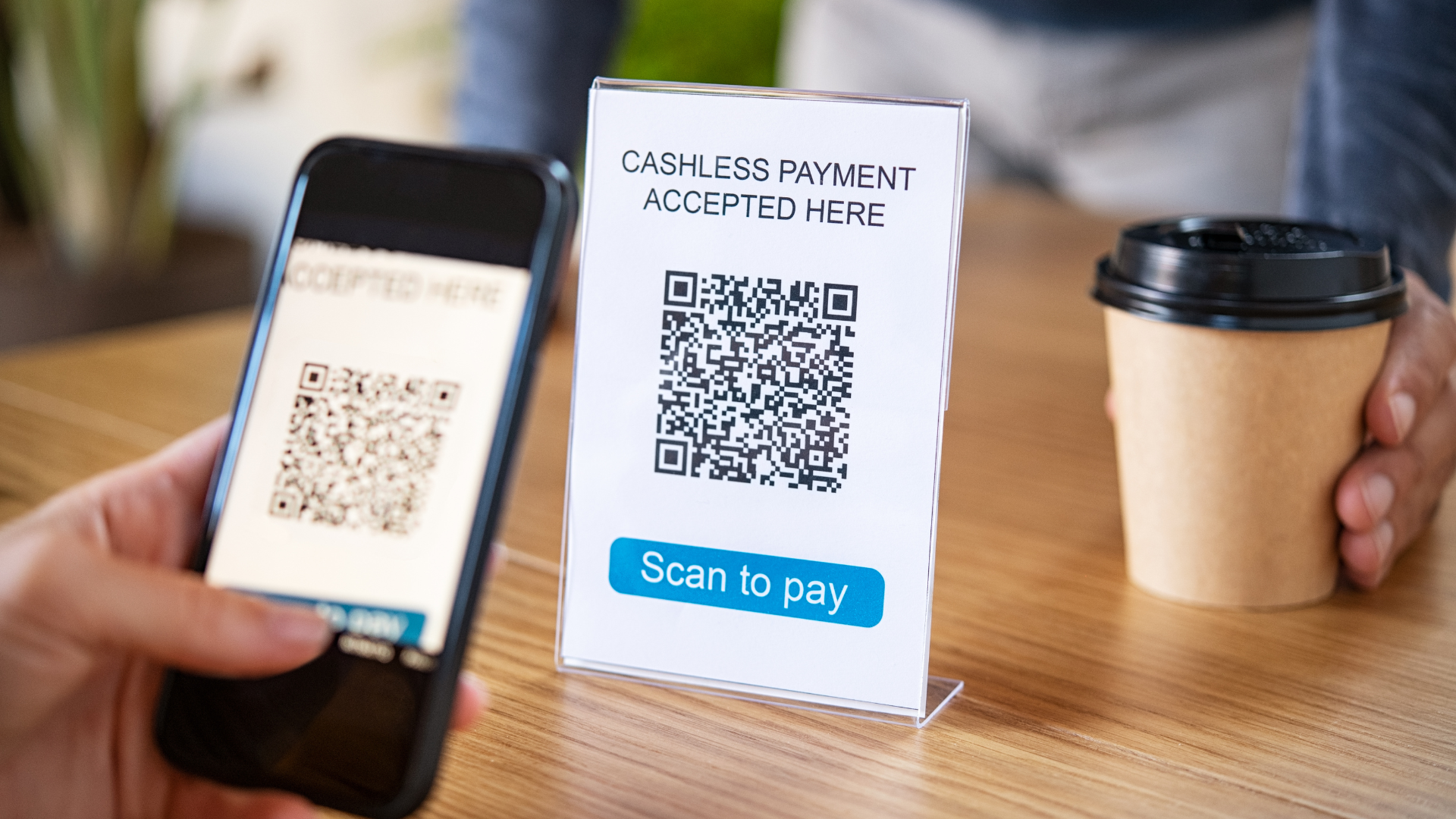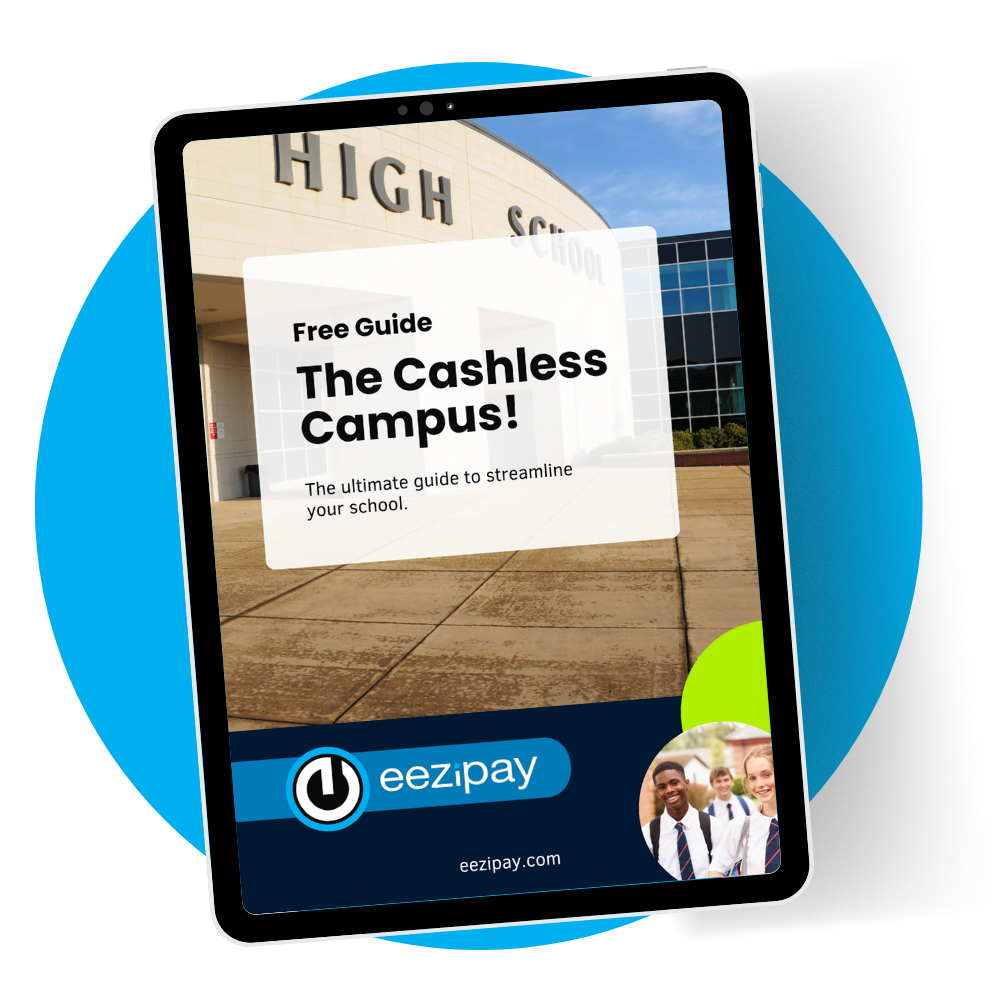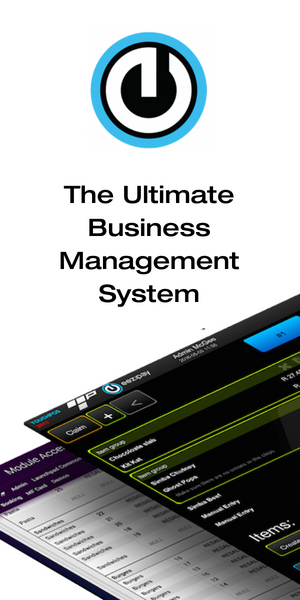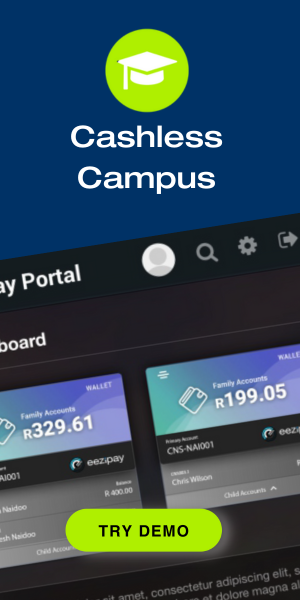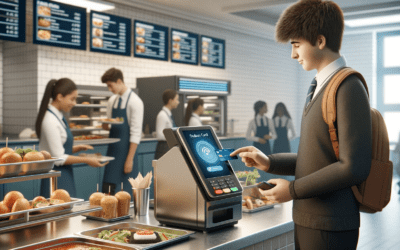How To Choose The Right Cashless School System – The #1 Ultimate Guide
Several institutions find implementing or changing their operations overwhelming and as a result, schools are starting to turn to cashless school systems to streamline their operations.
If you do not understand how to integrate a cashless system into your operations, it is even more difficult. However, the fact remains that you need a cashless system that is customized to your institution and its goals.
At the end of this guide, beginner or not, you will know how to select a cashless system that is built to help your institution grow and simplify anything that causes your operations to become overwhelming. In this post, we will cover what a cashless system is, why it matters and how to choose the perfect cashless system for your institution.
What is a Cashless System, and Why Does it Matter?
You won’t be able to choose the right cashless system if you do not know what it is – so let’s recap in case you’re new to this concept.
A cashless school system is any type of digital technology that enables people to make payments without having to use physical cash. A cashless system can be anything from an app or website to cards, tags or biometrics used on devices such as Point-of-sale (POS) systems, which help streamline the administrative tasks relating to payments between schools, parents, and students.
Cashless school systems allow schools, parents, and students to manage their payments, bookings, and dietary preferences to save time and ensure safety. Such systems can help you make payments on time, make healthier food choices, and automate administrative work accurately. Most importantly, they reduce the risk associated with schools keeping cash on the premises and students taking cash to school.
How to choose the right cashless school system?
- Understand your school’s needs and determine your school’s wants
- Investigate how a cashless school system can fulfill these needs and wants
- Make sure the cashless school system is flexible
- Analyse the cashless school systems features
- Assess the cashless school system’s customer service
- Choose a cashless school system
1. Understand your school’s needs and determine your schools wants.
Before you select a cashless system, ensure you have a clear understanding of your school’s needs and wants.
Think about:
- What is the school process for facilitating payments?
- How do the merchants and vendors at your school manage their stores and payments?
- What are the administrative tasks?
- How would staff, parents, and students like to make payments?
- How much does cash cost your school?
- How could other services be improved by using a cashless payment system and the add on features?
- Is your school at risk having cash on the premises? Is bullying a problem at your school?
These questions will help you understand your institution’s needs a bit better. Contemplate what is most convenient for parents, students, and staff while you’re thinking about your institutional goals.
For example, your administrative staff might be using a time-consuming method to manage events and field trip bookings and payments, while their time could be used more efficiently to push the institution forward. Parents might want to pay for their children’s expenses digitally, instead of allowing them to carry cash, or want to know how their children spend money.
Although there are needs that will have prompted your looking into a cashless system for your school, there is probably a lot more that could be included in the process to help streamline your school’s payments.
Consider these wants …. How about a fully automated booking system, to book meals in advance? Or an event management system to manage the ticket sales of school concerts, outings and sports festivals? Or simply taking the school tuckshop online?
2. Investigate how a cashless school system can fulfill these needs and wants.
It’s always a great idea to find out if there is a smarter way to meet your institutional goals.
What better way to do this than to assess your current system? The purpose of this is to understand if your current system really meets school needs and makes everyone’s lives easier.
You should consider these factors for the school, staff, merchants, parents, and learners:
- Effort and time: Analyse your system to see if it makes the payment process effortless and fast for any type of payment.
Everyone is given limited time each day and everyone wants to do things as easy and fast as possible. Administrative staff would appreciate an automated way of collecting payments and recording them.
Parents would love to pre-order their children’s lunch, and not have to rush every morning and look for pocket change.
Students would love to just go to the tuckshop to collect their lunch instead of waiting in a line the entire break.
Merchants would love to know in advance what food they should prepare and how much.
- Information: Consider whether your system really provides everyone with useful information in an efficient way.
Administrative staff might need to spend a lot of time looking for information which might take away time from other urgent tasks.
Parents might want to be kept in the loop about important events so they can budget instead of finding out a day before the event. They might even want to know what food is sold at school or what their children spend money on.
Students might want to know when their food is ready for collection or when an important event is happening.
Merchants might want to know if children are allergic to anything specific or if their pricing is too high, and how they can communicate with parents, students, and staff.
Make certain that the cashless system saves effort and time for your institution whilst providing relevant information.
3. Make sure the cashless school system is flexible
Does the flexibility of the cashless system allow you to collect the payments for specific things right now, as well as things you might introduce in the future?
This is an important question in order to determine how a cashless system should be customised for your institution’s needs.
Right now, your institution might only want to use a cashless system to collect monthly school fees or lunch money. This could easily change with time, and you might want a cashless system to collect other types of fees too, such as for civvy day or school trips.
Make sure the system can be customised at your request to align with your institution’s needs and vision.
4. Analyse the cashless school system’s features
Does the cashless system have all the features your institution needs?
Some things to keep in mind while analysing the features:
- Integration with you current Management Information System (MIS) systems.
- Different payment methods (scan-to-pay, tags, student cards, in-app-cards).
- User-friendly design.
- Value added services.
Analyse all the features to be sure the cashless system will work for your institution and its stakeholders.
5. Assess the cashless system’s customer service
What will your cashless system provider do to assist you in a crisis?
This is always important to keep in mind because, for example, your system could break down or fail. This would leave you unable to process payments.
Some critical questions to ask the service provider are:
- How long does it take to repair a cashless system if it fails?
- How can I be sure that your product and service are reliable?
- Can I use the system during load-shedding?
- How safe is my money?
Take note of how helpful and detailed their answers are. This will give you a feel for their overall customer service.
6. Choose a cashless school system
Once your institution has all the information required to decide, the only thing that is left is to choose a cashless school system and create a cashless school. Although this can be exciting for your institution, keep in mind that there is still a transition from the old system to the new system that needs to take place.
Vital questions to ask are:
- How long will the transition to a cashless system take?
- How will onboarding for all the stakeholders work?
- Can you explain the process for transitioning to or integrating with a cashless system?
Choose a cashless system that takes the overwhelming stress of transitioning between systems away from you. This will allow all stakeholders to be more productive and focus on what is important.
Ready to go cashless?
A cashless school system can help everyone streamline their payments and free up time that could be used to do something more important. Contact Eezipay now and we will help you along every step of the way on your cashless journey.


